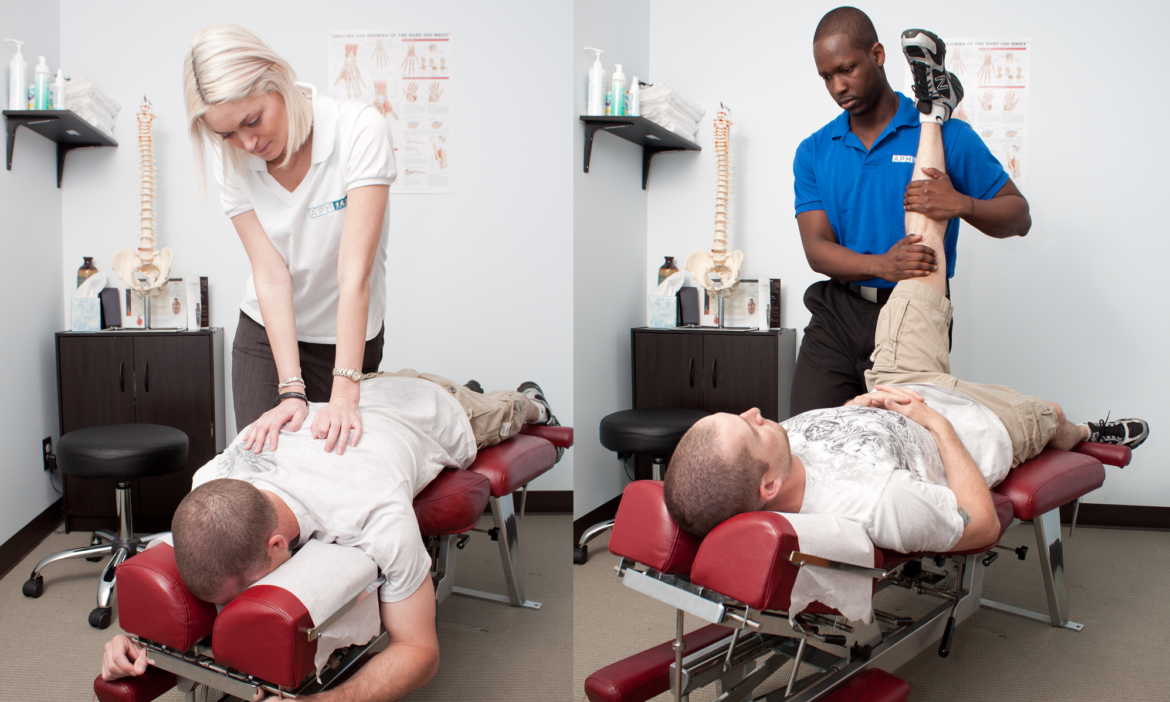General
What is sports chiropractic? How is this niche helping athletes of all ages recover?
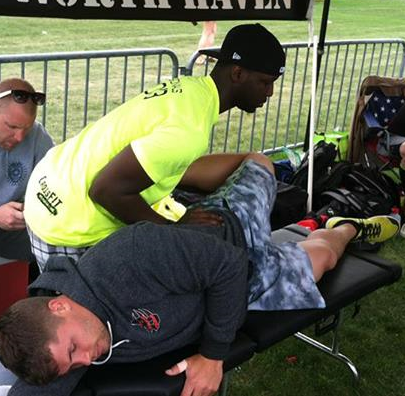 This is part 1 of a 2 part blog series on sports chiropractic and why its popularity is booming. Sports chiropractic has been around for quite some time, but has recently exploded due to increased media attention. Professional athletes and professional teams have realized the benefits of having a sports chiropractor as part of their medical team, all 32 NFL teams have at least one on staff. These teams and athletes know how important it is for them to perform at their best optimal level.
This is part 1 of a 2 part blog series on sports chiropractic and why its popularity is booming. Sports chiropractic has been around for quite some time, but has recently exploded due to increased media attention. Professional athletes and professional teams have realized the benefits of having a sports chiropractor as part of their medical team, all 32 NFL teams have at least one on staff. These teams and athletes know how important it is for them to perform at their best optimal level.
Micheal Jordan was quoted saying “I didn’t know how much I could improve until I started seeing a chiropractor. Since I’ve been in chiropractic, I’ve improved by leaps and bounds, both mentally and physically.” Tom Brady also said “Just over the course of the season, your body takes quite a beating. Every week, it’s about how fast you can recover and whether you can be up to full speed at practice on Wednesday after a game on Sunday. [Chiropractic] just makes you feel so much better,” he adds. “When I walk out of [the clinic], I feel like I’m about three inches taller and everything’s in place. And as long as I see the chiropractor, I feel like I’m one step ahead of the game.”
So what are sports chiropractors doing to help these athletes recover, whether that recovery be from an injury or post-workout/game? Chiropractic has come a long way from just doing x-rays and adjusting joints. Sports chiropractors are incorporating movement screen analyses, massage, stretching, kinesiotape and rehab exercises along with adjustments. Treatment isn’t just directed to the spine either, many people think of chiropractors as only “back or neck doctors,” which is not true. Sports chiropractors treat the neuro-musculoskeletal system, which includes all muscles, joints and nerves in the body. This means that the nagging shoulder pain, hip pain or shin splints you’ve been experiencing would benefit from chiropractic care. Dr. Lindsey Mathews recently posted a great article on how mobility and recovery treatments are the missing link for many CrossFit athletes.
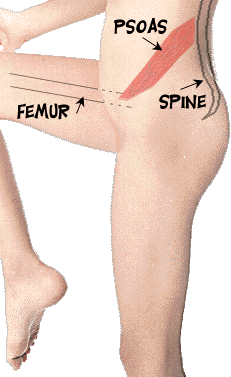 27 muscles cross the hip, no wonder why it is sometimes difficult to diagnose where pain and/or dysfunction are coming from. These 27 muscles need to fire in perfect harmony for the hip to have proper motion, leading you to perform at your highest level. Any dysfunction on the muscular level or joint level can hinder your power and performance. The hip joint is where the thigh bone (femur) joins the pelvis. This joint is an integrated system of muscle, joint and bone which makes it a very sturdy joint. If for some reason you feel a sudden pop or the onset of severe pain, it is better to see a doctor sooner than later due to the possibility of a tear.
27 muscles cross the hip, no wonder why it is sometimes difficult to diagnose where pain and/or dysfunction are coming from. These 27 muscles need to fire in perfect harmony for the hip to have proper motion, leading you to perform at your highest level. Any dysfunction on the muscular level or joint level can hinder your power and performance. The hip joint is where the thigh bone (femur) joins the pelvis. This joint is an integrated system of muscle, joint and bone which makes it a very sturdy joint. If for some reason you feel a sudden pop or the onset of severe pain, it is better to see a doctor sooner than later due to the possibility of a tear.
The iliopsoas (psoas) and rectus femoris muscles are two hip joint muscles that are commonly treated at Advanced Physical Medicine. Low back pain, groin pain or the sensation of hip weakness can all be attributed to tightening of these muscles. The fact is most of us have tight psoas muscles. This is due to our way of life, most of us spend the majority of the day sitting. Whether it be at a desk or in a car, sitting causes the psoas muscle to shorten. Let’s go over some quick anatomy of this muscle, the iliopsoas is actually made up of three muscles that merge: the psoas major and minor and iliacus. The psoas major starts in the lower third of the spine and runs in front of the spine to inside the top of the thigh bone (femur) in the groin area. As you can see in the picture, the psoas becomes more horizontal versus vertical while sitting, meaning it has shortened from it’s natural length. So next time you sit see how this muscle can become chronically short, especially if you hop right into the car following a workout. The rectus femoris is the muscle that gives definition to the front of the thigh. It starts from your hip bone (ASIS) and attaches down into your knee cap (patella).
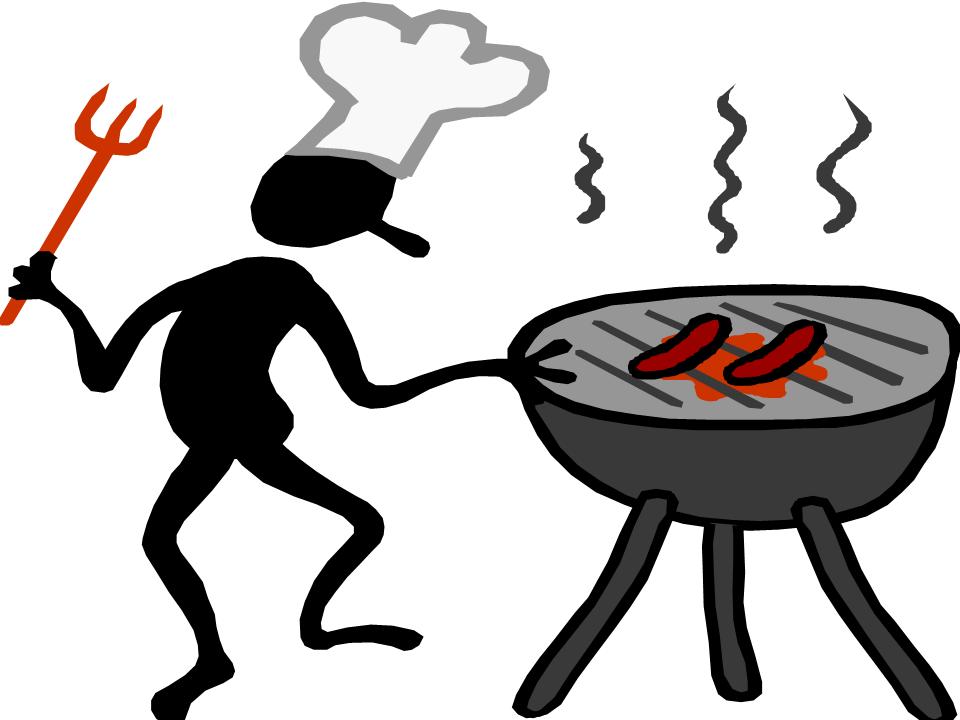
The American Institute for Cancer Research, an organization that studies the impact of lifestyle on cancer risk, recently issued a warning about the hidden health hazards of cookouts and campfires. Research is now showing diets high in red and processed meat increase the risk for colon cancer. By grilling meat, red and white, a potent cancer-causing substance can form. Pan frying or grilling meat, poultry and fish directly over an open flame meat under high heat causes compounds called heterocyclic amines (HCAs) and polycyclic aromatic hydrocarbons (PAHs) to form. The formation of HCAs and PAHs is influenced by the type of meat, the cooking time, the cooking temperature, and the cooking method. These substances have shown the ability to damage our DNA, increasing the risk of cancer.
Healthy grilling tips to incorporate into your next backyard grilling session include:
- Mix up the meat. Diets high in red meat (beef, pork and lamb) are linked to an increased risk for colon cancer, as well as processed meats (hot dogs and sausages). Try incorporating more chicken and fish, rather than typical summer goodies such as steak, burgers and franks. Ground chicken meat is a good alternative to beef burgers. Another way to change up typical summer cookout food is to incorporate spices, herbs and sauces to fish and chicken.
- Marinate! Studies have shown that marinating meat, poultry and fish for at least 30 minutes can reduce the formation of HCAs. Using a mixture of vinegar, lemon juice or wine along with herbs and spices seems to be the key. Scientists are still investigating precisely how these marinades help lower HCAs, but it’s possible that compounds in these ingredients are responsible.
- Partially pre-cook. PAHs are deposited onto the meat by smoke. So by reducing the amount of time meat spends exposed to flame by first partially cooking it in a microwave, oven or stove, you can reduce the amount of PAHs you ingest. (Be sure to place the partially cooked meat on the preheated grill immediately. This helps keep it safe from bacteria and other food pathogens that can cause illness.)
- Stay low! Cook the meat over a low flame. Doing so can reduce the formation of both HCAs and PAHs, and help keep burning and charring to a minimum. Reduce flare-ups by keeping fat and juices out of the fire: cut visible fat off the meat, move coals to the side of the grill and cook your meat in the center of the grill. Finally, cut off any charred portions of the meat before serving. (Unfortunately those charred parts on the meat are what contribute to the increased cancer risk).
- Throw on some color. Colorful vegetables and fruits contain fiber, vitamins and naturally occurring compounds called phytochemicals. These substances add anti-cancer action to your backyard bash. And by loading up on plant foods, you can cut back on red and processed meats. Try onions, zucchini, eggplant, bell peppers, or tomatoes in thick slices on the grill, in a grill basket or in chunks for kebabs. Another favorite: corn on the cob. Grilling brings out the sweetness in veggies, so even reluctant veggie eaters can find something to love.
Ongoing studies are investigating the associations between meat intake, meat cooking methods, and cancer risk. But by following these tips you will help keep your cancer risk low, while still being able to enjoy summer cook out fun. When all else fails, remember the good old saying, “everything in moderation.”
Source: American Institute for Cancer Research, aicr.org and National Cancer Institute, cancer.gov
With the weather starting to get nice we’ve noticed more and more people running and working outside. It’s great to see people being active. It’s our mission to see everyone being active, healthy, and doing what they love pain free, but we’ve noticed that with this great weather comes some injuries from over training. Some of these injuries include the dreaded words, “plantar fasciitis,” “shin splints,” and “runners knee. That’s where we come in. We wanted to let you know of a rule that you can use to help prevent these nagging injuries when you start running outside again or if you’re training for a race. You can also use them in any kind of training you’re doing at the moment. It’s called the 10% rule. Here’s the how it works:
-
This guideline simply states that you should increase your activity no more than 10 percent per week.
-
That includes distance, intensity, weight lifted and time of exercise.
-
For example, if you are running 20 miles per week and want to increase, adding 2 miles the next week follows the 10 Percent Rule.
-
If you are lifting 50 pounds and want to increase, add 5 pounds the next week to follow the 10 Percent Rule.
-
If you are a beginning exerciser, 10 percent may be too much, and a 5 percent increase per week may be much more comfortable
-
For others, 10 percent may be too little. If you aren’t sure of your ability or if you experience any aches or pains, simply modify your increases accordingly.
When all else fails listen to your body! Sore=Ok and Sharp=Bad. Sore muscles are normal after an intense workout, but if you feel sharp or stabbing pain, stop exercising immediately. If the pain doesn’t go away after a few days with use of ice, gentle stretching and pain free range of motion shoot us an email or give us a call and we’ll get you back out there doing what you love.
Strive to be better!
Chiropractic and headaches
Chiropractic care can be very effective in treating headaches, especially with new research showing that spinal manipulation may be an effective treatment option for tension headaches and headaches that originate in the neck.
If you have never experienced a headache, you are one of the lucky ones. Approximately 9 out of 10 Americans suffer from headaches. Some people push through the pain and continue on with their day, others reach for the closest bottle of their favorite over-the-counter pain reliever and others take a trip to see their favorite Chiropractic Physician. It’s no surprise seeing a report released in 2001 by researchers at the Duke University Evidence-Based Practice Center in Durham, NC, found that spinal manipulation resulted in almost immediate improvement for those headaches that originate in the neck, and had significantly fewer side effects and longer-lasting relief of tension-type headache than a commonly prescribed medication.
The majority of headaches are associated with muscle tension in the neck. It makes sense if we go through a quick anatomy lesson: the neck and upper back are made up of various muscles including the upper trapezius, levator scapula, sternocleidomastoid and semispinalis capitus.
Many people suffer from low back pain. What many people don’t realize is that pain can often be linked to a lack of flexibility in the hamstrings.
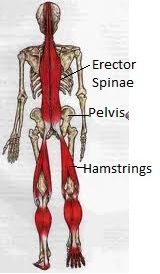
Let’s talk about some anatomy first. The hamstrings are located in the back of the thigh and connect the lower pelvis to the lower leg. They help in leg extension and bending of the knee. The upper part of the pelvis is then connected to the spine and many different muscles. The ones we will focus on right now are called the erector spinae. These muscles run alongside the spine and help with posture, core stabilization, and spinal movement. If the hamstrings become tight then they can begin to limit motion in the pelvis. Consequently, if the pelvis has limited movement this can cause the muscles of the low back to become tight, which can lead to low back pain. Many times people will present with this condition. This is why it is important to work on proper flexibility in your hamstrings. Increasing hamstring flexibility will help increase the motion of your pelvis, which will in turn take tension off of your low back helping to decrease your back pain.

